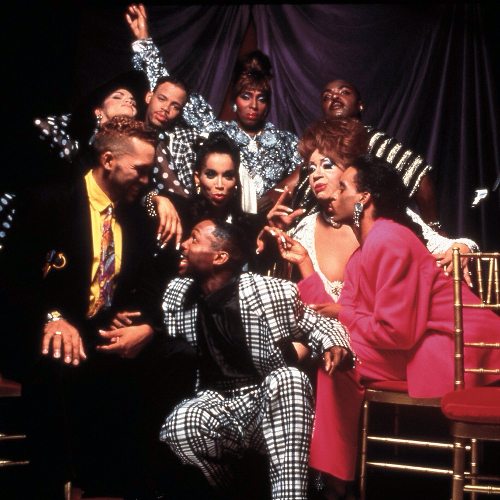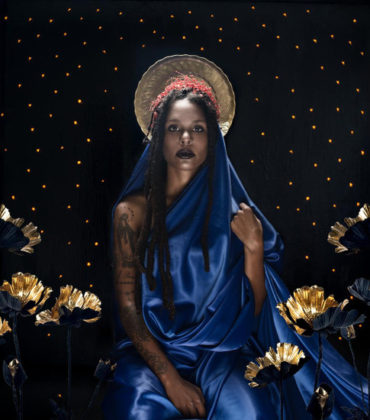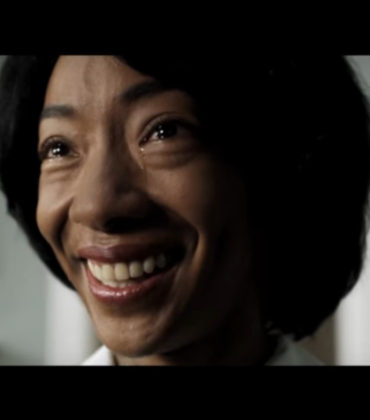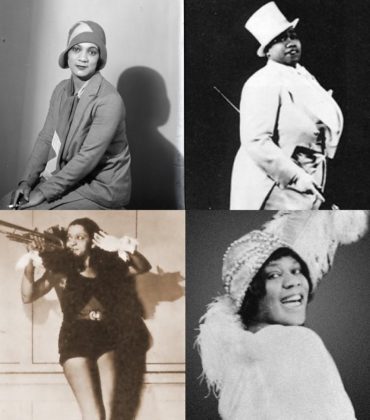
Even if you aren’t familiar with the cult hit documentary Paris is Burning, you’ve probably heard or used terms inspired by the production without even realizing it.
Created by filmmaker Jennie Livingston in the mid-to-late 1980’s, Paris is Burning is a compelling 1990 documentary that chronicles ballroom culture in New York City and the lives of the queer and trans black and Latin@ artists that created it.
The documentary, which catapulted several of the performers featured into international fame, including Venus Xtravaganza, Willi Ninja, and Octavia St. Laurent is both loved, and criticized by many. The controversies, criticisms, and critical discussions that surrounded Paris is Burning over the years, serve as a grand example of the intersections of class, race, cultural identity, and privilege, within the LGBTQ community. While the film was an indie darling in its day, many, including the subjects of the documentary, felt that it exploited queer people of color by putting them under an anthropological lens — essentially dehumanizing him.
As Brooklyn Based points out,
But some critics–including Bell Hooks, and some of the movie’s protagonists–weren’t nearly as enthusiastic. The film grossed $4 million at the box office, not a large sum given the size of the industry, but a strong performance for a movie that cost $500,000 to make. Then each of the film’s performers, with the exception of Willi Ninja and Dorian Corey, sued Livingston, arguing that she had misled them about their potential for profit. Pepper LaBeija, one of the film’s stars, argued that while she “loved the movie,” “she [Livingston] told us that that when the film came out we would all be all right. There would be more coming.” The subsequent fallout was brutal, and fell along all-too-familiar racial lines. While Livingston, who is white, went on to become a documentarian, so many of the film’s stars, who are people of color, remained stuck right where they began–in poverty. Many of these performers later died (from AIDS and AIDS-related conditions, murder, and other causes), as the film racked up awards worldwide and received an absolutely predictable Oscar snub.
Over the years, the conversations about race, class, appropriation, and exploitation, have kept taking place, but a recent event tore open old wounds.
When prominent Brooklyn arts organization BRIC announced a screening of the film as part of its Celebrate Brooklyn! program, the event quickly received nearly 8,000 RSVP’S on Facebook. But not everyone was enthusiastic about the event. The screening was being presented by an all-white panel with no members of the ballroom community scheduled to appear. In fact, one presenter, DJ and musician JD Samson, had been accused of perpetuating transphobia in the past.
The major oversight sparked a heated debate on the event’s Facebook page as well as a petition, titled “Cancel Celebrate Brooklyn/BRIC’s screening of Paris is Burning & End the Exploitation of the Ballroom Community and TQPOC! #ParisIsBurnt #SHUTITDOWN,” which urged organizers to do the right thing.
Although NYC’s LGBTQ communities are majority TQPOC and NYC’s Ballroom community mostly black and latinix gay men, transsexual women, trans-feminine folks, trans men, trans-masculine folks, and queer women, the event was initially slated to feature a line-up that included NOT ONE PERSON from the documentary or the present THRIVING ballroom community and NO PERFORMERS OF COLOR. This is an erasure of our communities which this documentary purports to be representing.
BRIC has since responded, on Facebook, vowing to rectify the situation,
Having recognized that we made a mistake in the planning of this program, we have been working to figure out how best to right our course. We have now done what we should have done when we initially planned the event: reached out to QTPOC organizations and individuals, and members of the ballroom community, to gain their insights and hear their ideas for the program. We apologize for not having done so earlier.
After this consultation, the revised line-up, which we hope to finalize in the next few days, will include artists and programming from the QTPOC and ballroom communities.
While it’s great that BRIC took action, the oversight is disappointing to say the least, especially for a screening taking place in New York. Many members of the ballroom scene live in the city and are active on social media. How did this happen?




